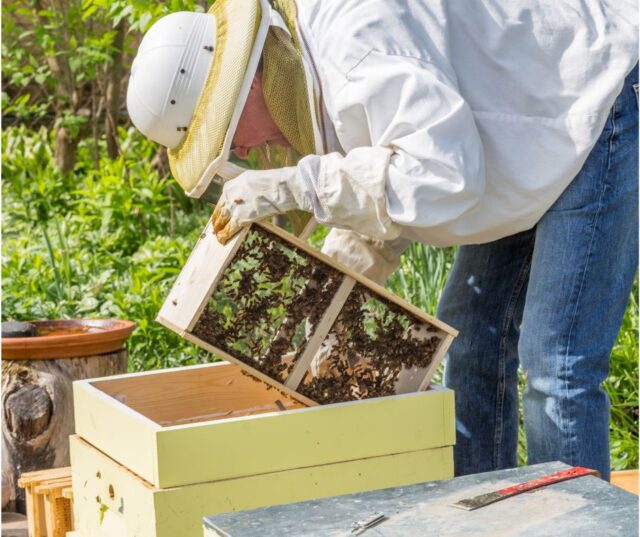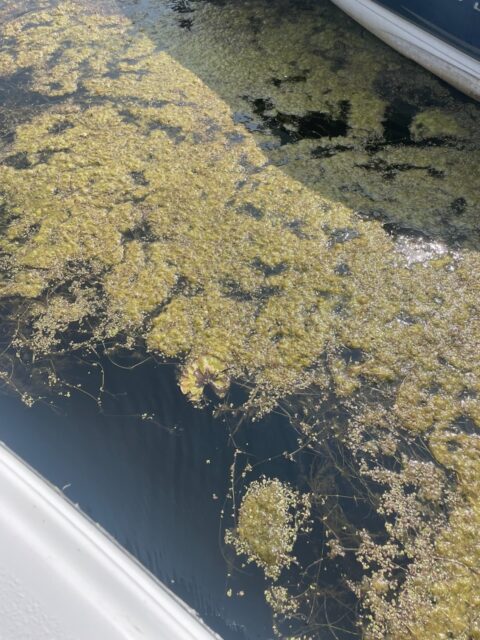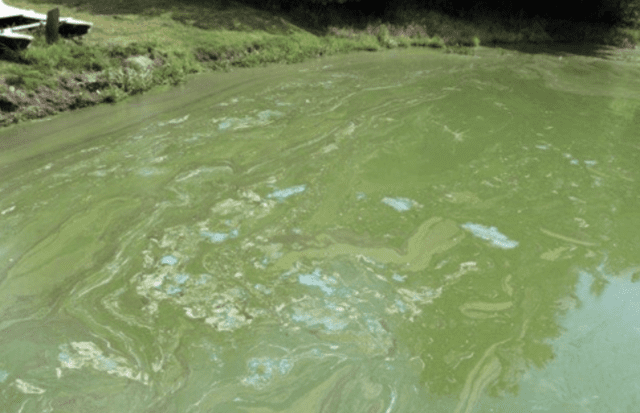Happy first day of Winter! Spend the shortest amount of daylight hours with the Montezuma Audubon Center staff during a guided leisure 2-mile hike at the Center. Registration is required. They will be covering topics such as the history of the winter solstice and take a guided hike to see what wildlife we can find. After our hike, you will enjoy warm refreshments of hot cocoa, coffee, and winter treats. Click here to register.
Please meet at Montezuma Audubon Center (2295 State Route 89 Savannah, NY 13146). Please email montezuma@audubon.org or call (315) 365-3588 with any questions.
Fee: $15/person
Photo credit:Northern Cardinal. Photo: Steve Jessmore/Audubon Photography Awards
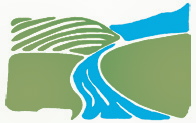
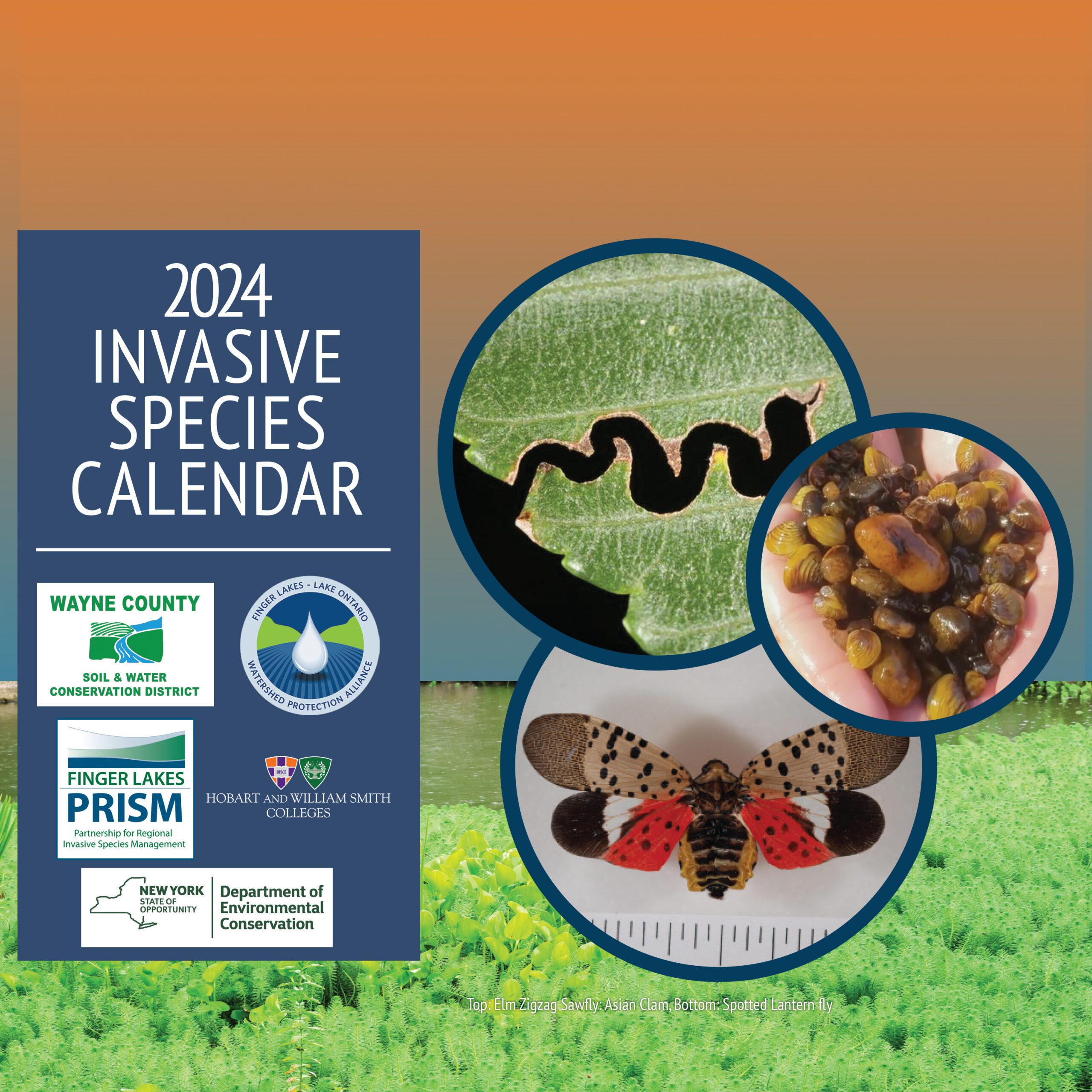 Every year the District publishes an Invasive Species Calendar. The 2024 is now in production. If you would like a FREE calendar, please fill out the form below.
Every year the District publishes an Invasive Species Calendar. The 2024 is now in production. If you would like a FREE calendar, please fill out the form below.